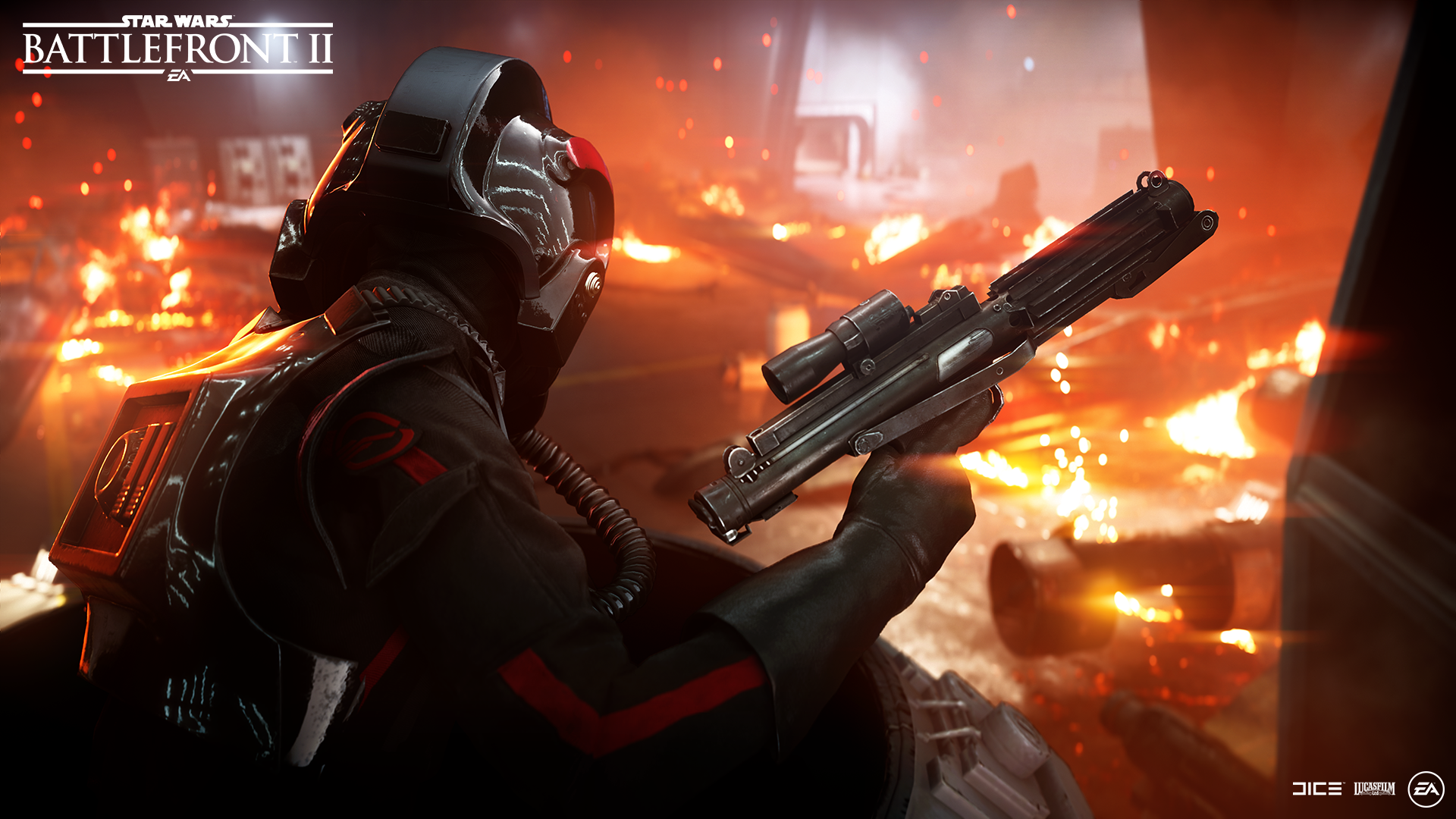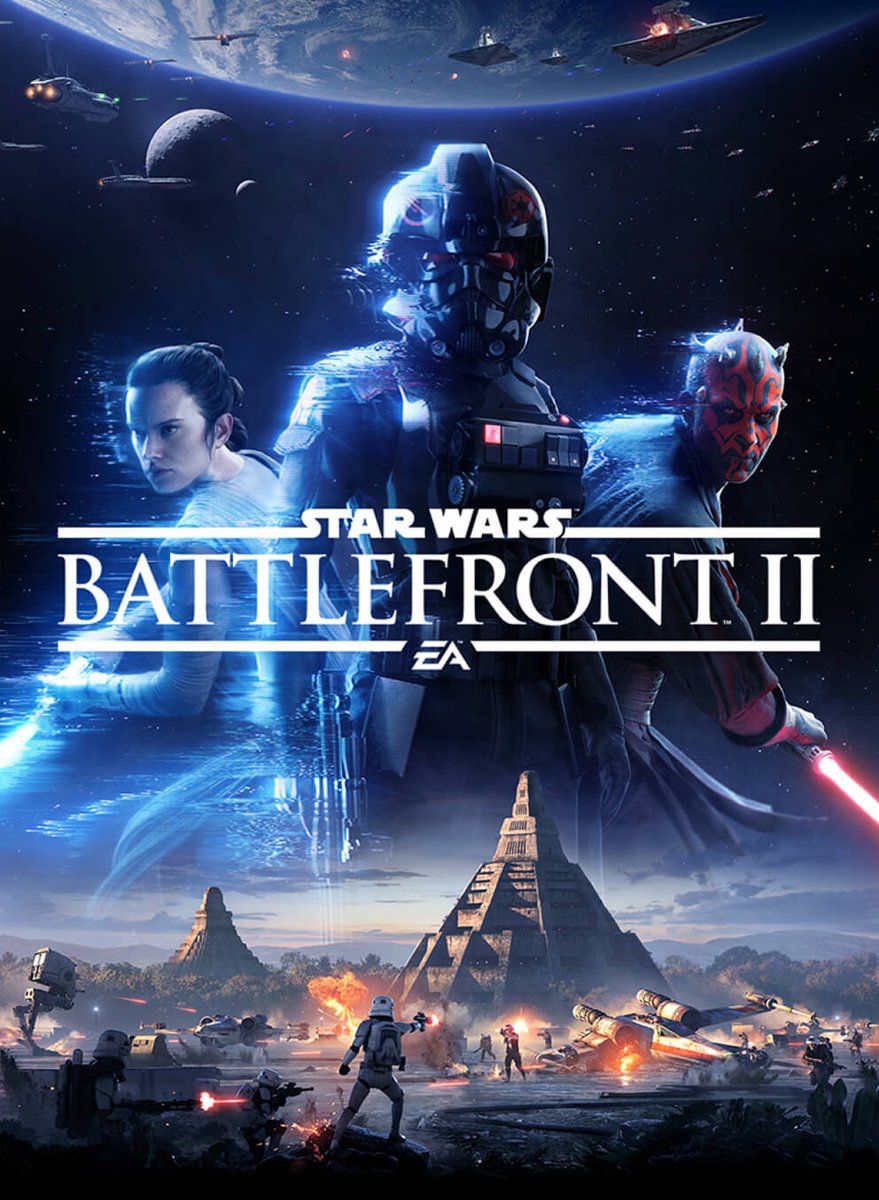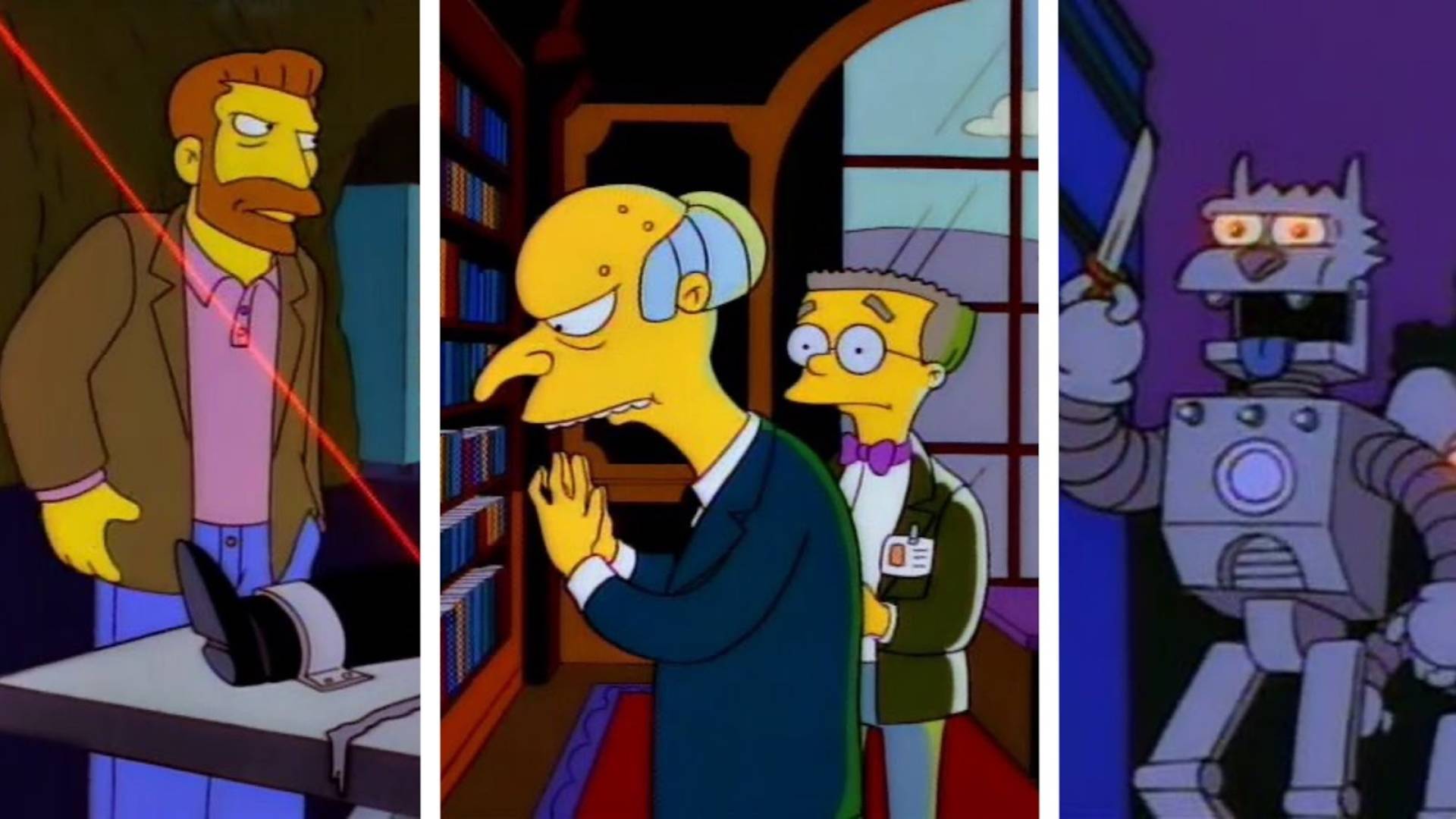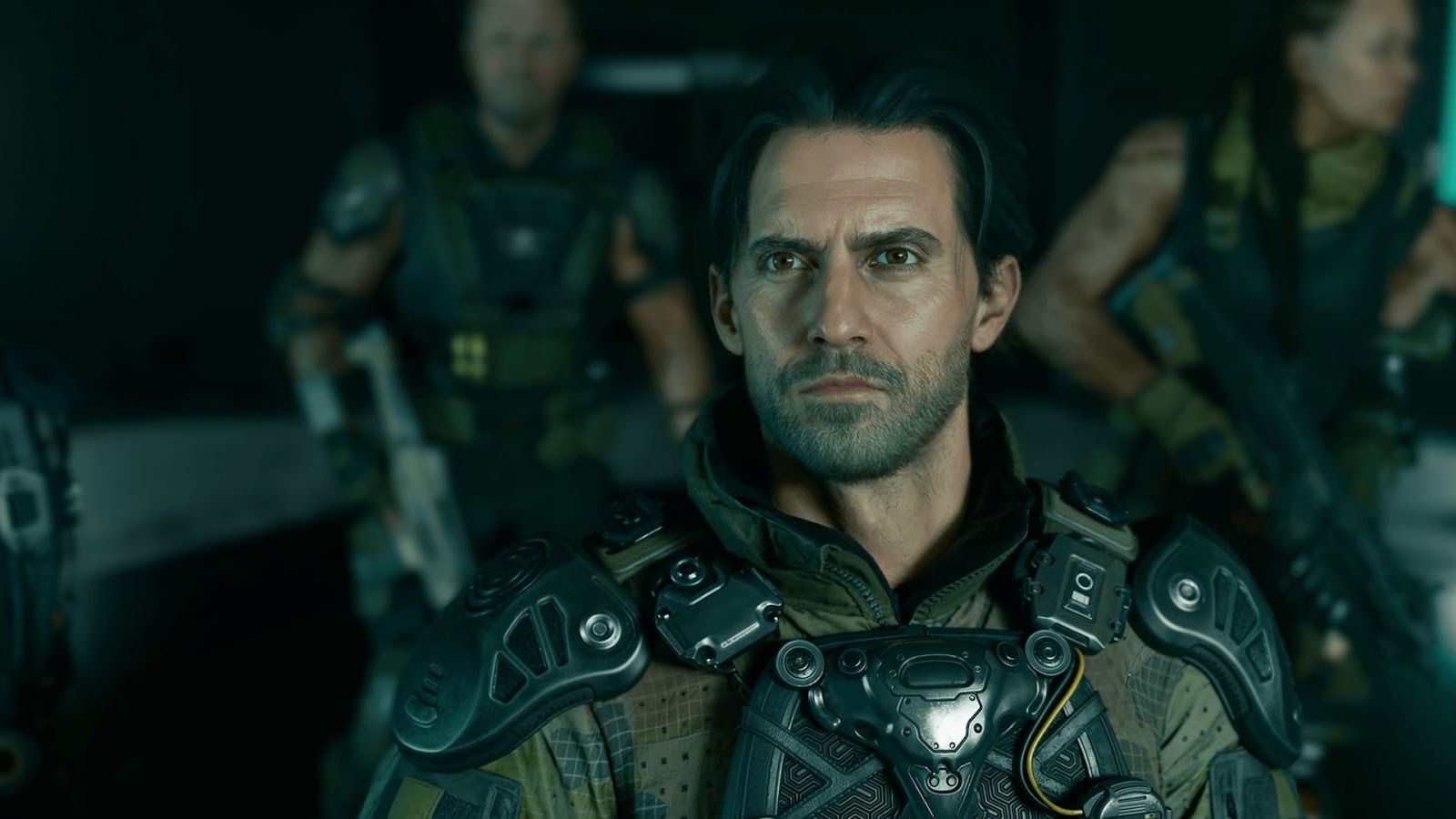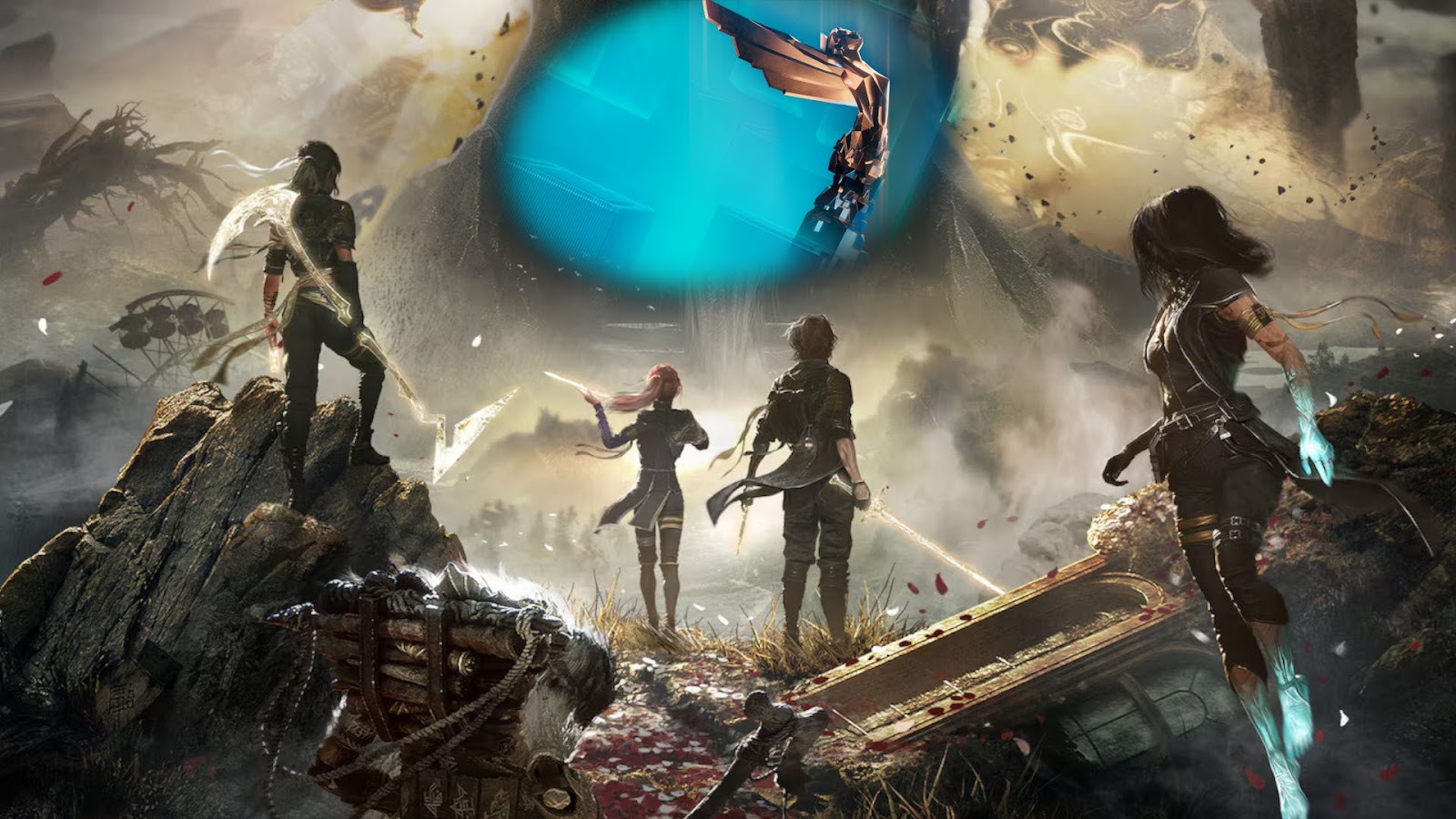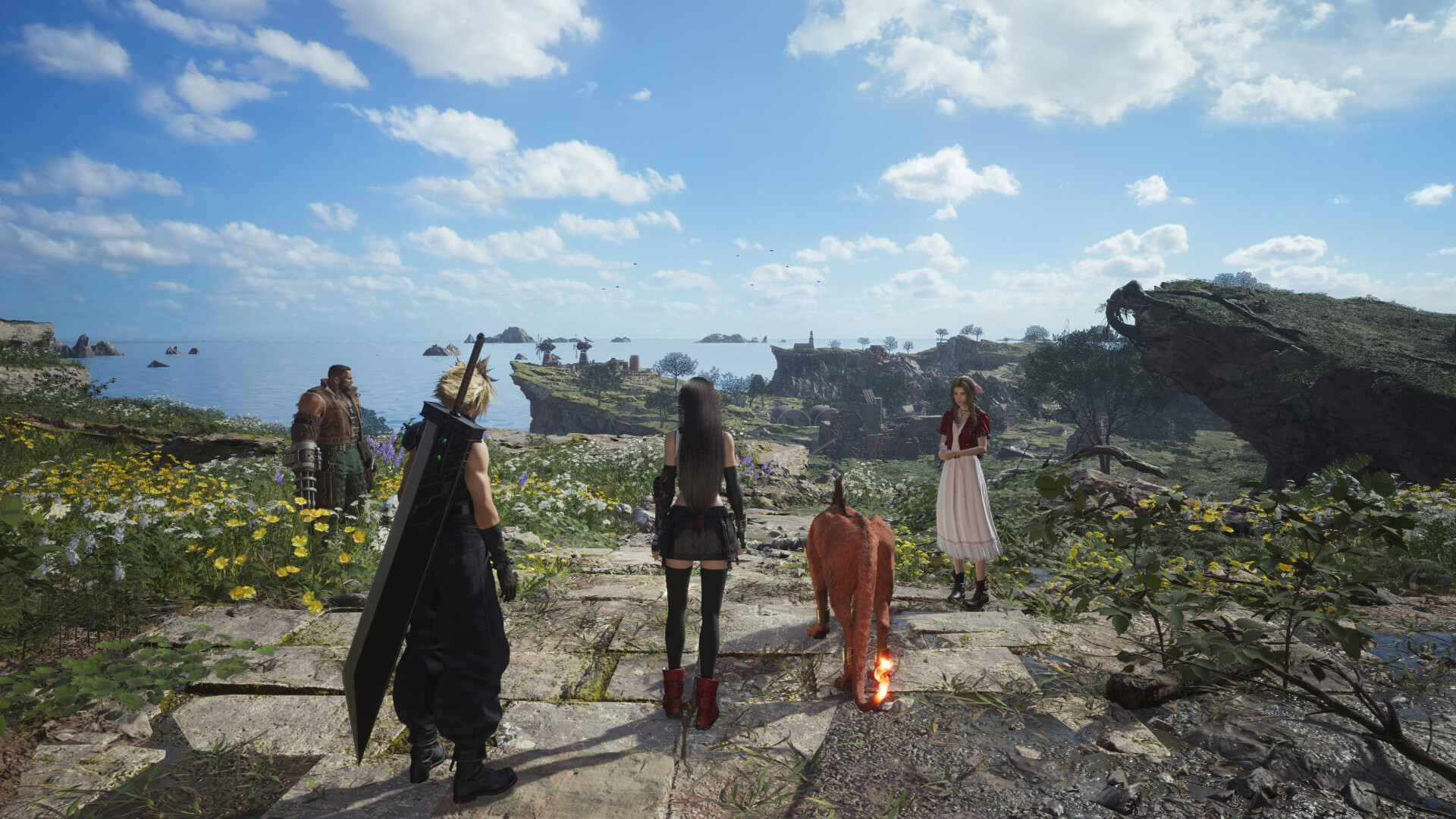You can trust VideoGamer. Our team of gaming experts spend hours testing and reviewing the latest games, to ensure you're reading the most comprehensive guide possible. Rest assured, all imagery and advice is unique and original. Check out how we test and review games here
The traditional post-release cycle of hot-takes would dictate that I explain why I dislike a game that everyone else loved (Why Super Mario Odyssey Is Actually The Worst Mario Game Ever Made), but in this instance we’re showing some love to a game that was on the receiving end of a lot of hate in a display of reverse hot-takery (hot-fakery?).
To be clear, the hate that Star Wars Battlefront II received was not entirely unwarranted, since the microtransactions were jammed into the game’s Star Card progression system as elegantly as someone mashing chicken nuggets into the disc drive of your actual Xbox, except for the purposes of our metaphor they’d also demanded a tenner for every nugget. My position on loot crates pivoted from ‘it’s fine if it doesn’t really affect the game’ to ‘yeah f*** that, we need better ways to sustain AAA development’ right around the time I realised how much pre-teens love spending money on FIFA Ultimate Team and how much parents love not having to supervise their pre-teens every waking hour. And I don’t want to defend loot crates themselves. So I’m not going to.
Though it’s a much lesser crime than potentially luring teens into spending their savings on digital baubles, the loot crates issue also overshadowed that the dev team – many of whom may in fact not have gotten into games development with the sole intention of one day angering those who play them and ruining a beloved franchise – managed to make a fairly decent Star Wars game. This especially includes the single player, which treads a tightrope across the different epochs of Star Wars and manages to safely get over. More or less, anyway.
Creating a single player campaign for a Star Wars game in 2017 is a pretty hard task, because you’re being compared to not only a bunch of new Star Wars films (and the old films, and all the books and stuff Disney says don’t count now), and some very good old Star Wars games, but also the Star Wars games that never were and whose cancellation were publicly mourned for what we imagined they could have been. Untested by such trivial things as ‘reality’ and ‘existing’, these games will always be perfect in the starfields of our imagination.
/https://oimg.videogamer.com/images/d786/ad3fbe89-8ca5-46b1-890e-ab552b00af8b_SPScreenshot_IdenEmotion_wLogo.png)
Battlefront II’s single player isn’t perfect (but then, other than snowflakes caught in a tiny kitten’s whiskers, what is?). The levels where you play as heroes like Luke, Leia or Lando stick out from the rest of the story and feel awkward, as if some executive somewhere was constantly yelling ‘We don’t need art! We need pictures of Darth Vader!’ at the story team. There was also a weird kind of mid-season break before the DLC came out which made the single player too long by exactly the amount of time it takes you to complete the Kylo Ren mission set decades after the first chunk. But around that the Battlefront II single player tells a good, authentically Star Wars-y story, and carefully echoes themes you see in the old Lucas era trilogies as well as the current crop of Star Wars: The New Class outings.
Our hero is Iden Versio, leader of the Empire’s elite Inferno Squad. Starting the game from the point of view of a Stormtrooper is a bit disorientating, and in my preview I wondered if the shift adds unnecessary complexity to the simple good vs. bad binary of classic Star Wars. But if we compare it to the more recent films – and perhaps you’ll appreciate being warned that I am a The Last Jedi liker – this actually reflects the direction Star Wars as a whole is heading. There’s still good and bad, but we’re learning that bad people can do good things and, shockingly, good people can also do bad things. One of the most striking moments in 2016’s prequel-and-a-half Rogue One was dashing rebel ne’er do well Cassian explaining why he couldn’t give up when defeat seemed near: ‘We’ve all done terrible things on behalf of the Rebellion. Spies, saboteurs, assassins. Everything I did, I did for the Rebellion.’
The existence, in Battlefront II, of entire planets that are chock full of civilians loyal to the Empire is a reminder that the Rebellion is one side of an actual war entailing massive losses of life on both sides, which later comes back around in The Last Jedi when we visit a giant casino full of arms dealers who profit from selling ships to both teams. We also have Benicio del Toro’s self-serving rapscallion character in The Last Jedi, who demonstrates that taking a neutral stance is impossible, as your lack of action will still benefit one side – he is essentially what Han Solo would have been if he’d actually left with his reward instead of returning to help the Rebels at the end of A New Hope. But Han Solo came back. So Han Solo’s alright.
This swing between the dark and the light is one of the more interesting things Star Wars can explore. Throughout the series there has been an emphasis on the universe existing with balance between the dark and the light, as only a Sith deals in absolutes, but the core stories of the movies focus heavily on the seductive power of the dark side (come to the dark side, we have cookies) and ostensibly good people being vulnerable to it because of things like wanting to use force lightning or your wife being pregnant. The wider Star Wars universe played with this concept more, especially in the older games like Knights of the Old Republic, where the character was a former Sith Lord with amnesia and the player chose between the light and the dark themselves from a point of relative neutrality. Unfortunately none of those count as canon anymore, even though Kyle Katarn is a stone cold rockstar and you can pry him from my cold, dead hands.
Though the original film trilogy does end with the last minute redemption of Darth Vader, the prequel trilogy from the 2000s spent three films plotting his gradual turn to the dark side. In The Force Awakens and The Last Jedi we see Kylo Ren struggling in the opposite direction: a Sith worrying that he will be seduced by the light (and the balance between Kylo and Rey in the new films lead many to believe that they’re totally gonna smooch in the next film the concept of Grey jedi, force users who are balanced between light and dark without surrendering to the dark side, will soon be introduced to the mainstream Star Wars audience).
The Battlefront II campaign positions the journey of one regular, not-space-magical person from dark to light as its central point, and makes the player go through that journey too. You begin the game fighting and killing rebel troops and only switch sides after the Empire destroys one of their own loyal planets with a giant weather machine. Iden and subordinate-turned-future-husband Del could have left the conflict entirely, but chose to stay and fight for the Rebels to try and make up for the damage they did whilst fighting for the Empire. It cements the idea that redemption is possible for some, as well as impossible for others.
/https://oimg.videogamer.com/images/9097/8080fa86-a179-4f2f-b650-7a3f5e63f5d5_SPVista_CinderSatellites_v2_wLogo.png)
30 years after the Battle of Jakku, Iden is pulled into the reignited conflict against the First Order, this time with her daughter Zay, reflecting the series’ ongoing obsession with family: the abandoned Rey’s belief her parents will return for her, the force power passed through the Skywalker line, and Kylo Ren’s fixation on his grandfather. This loops back neatly to Iden’s relationship with her own father, who died at Jakku as his ship crashed into the planet and lamented to Iden that he dedicated his life to an Empire that was, in the end, flawed: in his estimation it’s right that he should go down with his ship.
In the second chunk of the Battlefront II story, which is named Resurrection, Del and Iden are both killed by their former Inferno Squad teammate Gideon Hask, who remained rigidly loyal to the empire, but not before Iden kills him too, allowing Zay to survive. The Inferno Squad loop closes itself, killing the past but allowing something new to be built, as Zay escapes to continue the Resistance using everything she learned from her parents. Which was basically the entire point of The Last Jedi.
It’s rather clever, and is why the strange interim missions, where you play as an established Star Wars hero rather than Iden, feel extra awkward and out of place, as a fresh Star Wars story that looks intelligently into the future is dragged down by the anchor of nostalgia. In that sense the Battlefront II story might not be the Star Wars game we all wanted, but could be the one we deserve.
Star Wars Battlefront II (2017)
- Platform(s): PC, PlayStation 4, Xbox One
- Genre(s): First Person, Shooter
